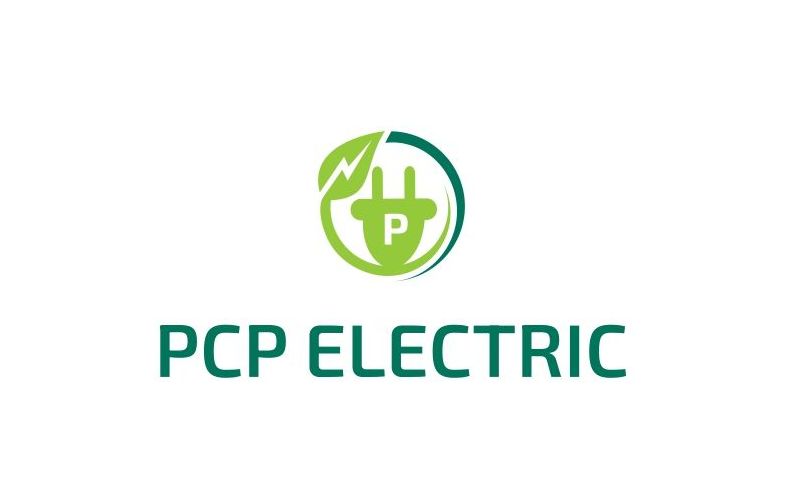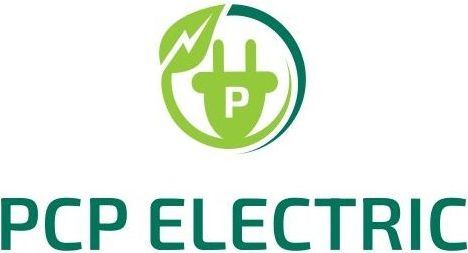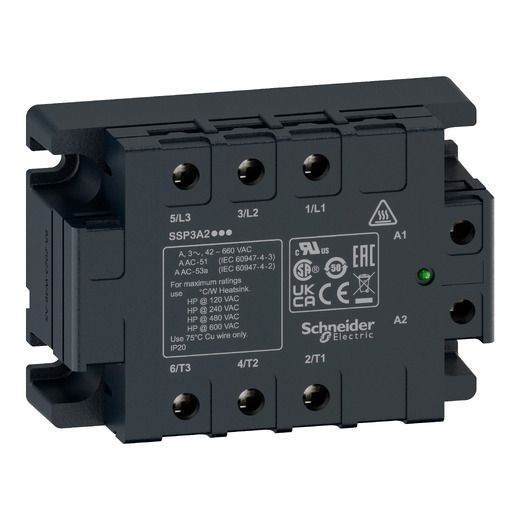3 phase Solid State
A 3-phase solid-state relay (SSR) is designed to switch three-phase AC loads in industrial and commercial applications. Here's an overview of 3-phase SSRs and their key features:
Overview of 3-Phase Solid State Relays:
- Solid-State Technology:
- Semiconductor Switching: Uses semiconductor devices (such as thyristors or triacs) to switch AC loads without mechanical contacts.
- Reliability: Offers high reliability and durability due to the absence of moving parts, reducing wear and ensuring long service life.
- Features and Capabilities:
- High Switching Speed: Allows for rapid switching of three-phase AC loads, improving control and response times in industrial automation.
- Three-Phase Configuration: Specifically designed to control and switch three-phase AC loads, typically in motor control, heating systems, and industrial machinery.
- Versatility: Available in various current ratings and voltage configurations to suit different application requirements.
- Design and Mounting Options:
- DIN Rail Mounting: Many 3-phase SSRs are designed for easy installation on standard DIN rails, facilitating integration into control panels and enclosures.
- Panel Mounting: Some models are suitable for direct panel mounting, providing flexibility in installation depending on space and application needs.
- Protection and Monitoring:
- Built-in Protection: May include features such as overcurrent protection, overtemperature protection, and short-circuit protection to safeguard connected equipment.
- LED Indicators: Provide visual indication of relay status (on/off), aiding in troubleshooting and monitoring of operational status.
- Applications:
- Motor Control: Used in three-phase motor control applications for starting, stopping, and reversing motors in industrial machinery.
- Heating Systems: Controls heating elements in industrial ovens, furnaces, and other heating equipment.
- Industrial Automation: Suitable for various automation tasks requiring reliable and precise control of three-phase AC loads.
- Integration and Compatibility:
- Communication Interfaces: Some models support communication protocols such as Modbus, enabling integration with PLCs (Programmable Logic Controllers) and SCADA systems for enhanced control and monitoring.
Benefits of 3-Phase Solid State Relays:
- Reliability: Solid-state technology ensures reliable switching and operation over extended periods.
- Efficiency: Offers efficient energy management and reduced power consumption compared to electromechanical relays.
- Noise Reduction: Provides noiseless operation, suitable for noise-sensitive environments in industrial settings.
- Longevity: Longer service life due to the absence of mechanical wear, reducing maintenance and downtime costs.
3-phase solid-state relays are essential components in modern industrial automation systems, providing robust and efficient solutions for controlling three-phase AC loads. They contribute to improved reliability, energy efficiency, and operational flexibility in various industrial and commercial applications.
If you have specific questions or need further details about 3-phase solid-state relays or their applications, feel free to ask!


